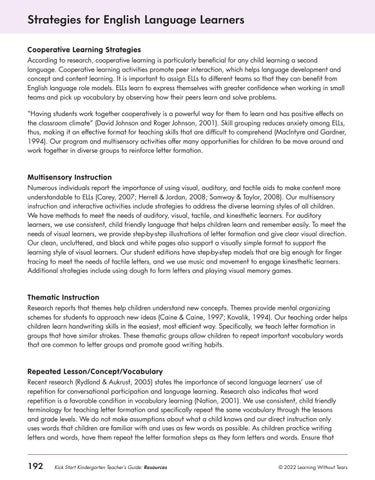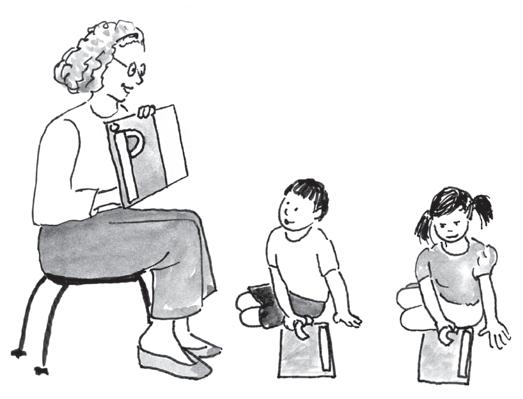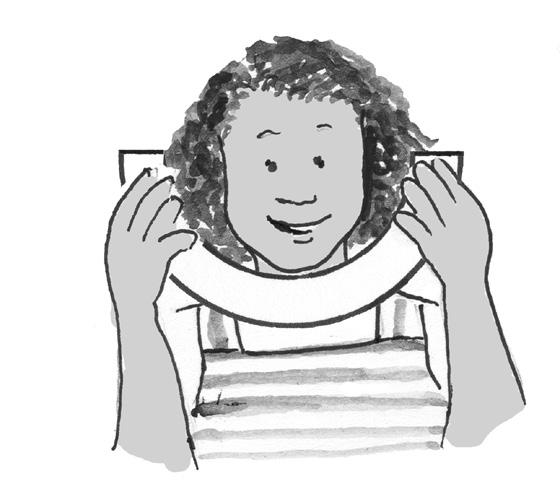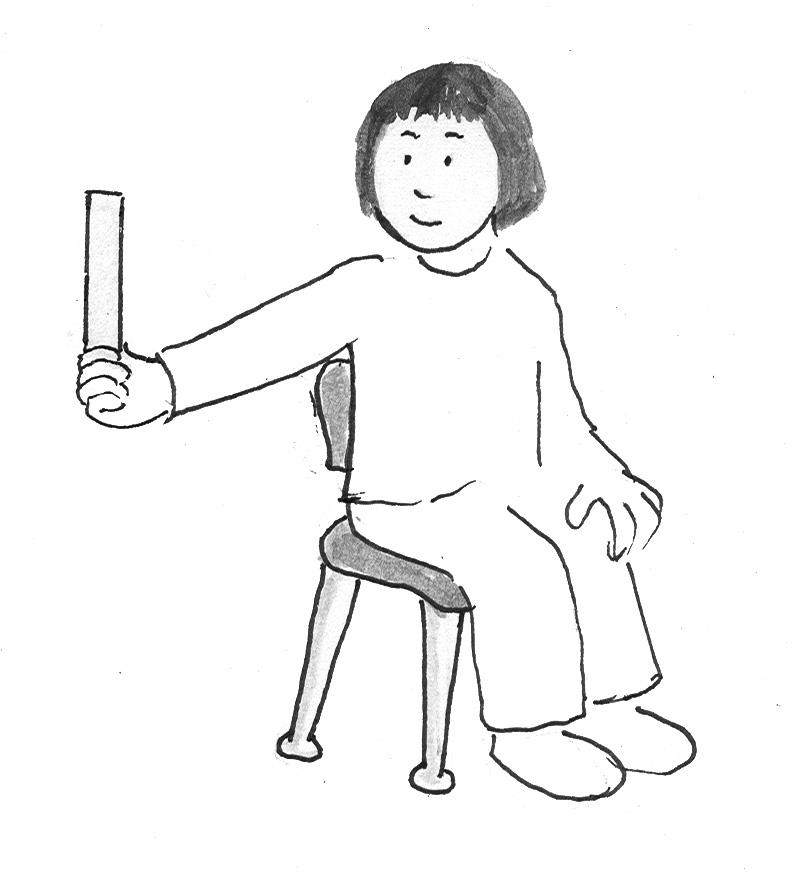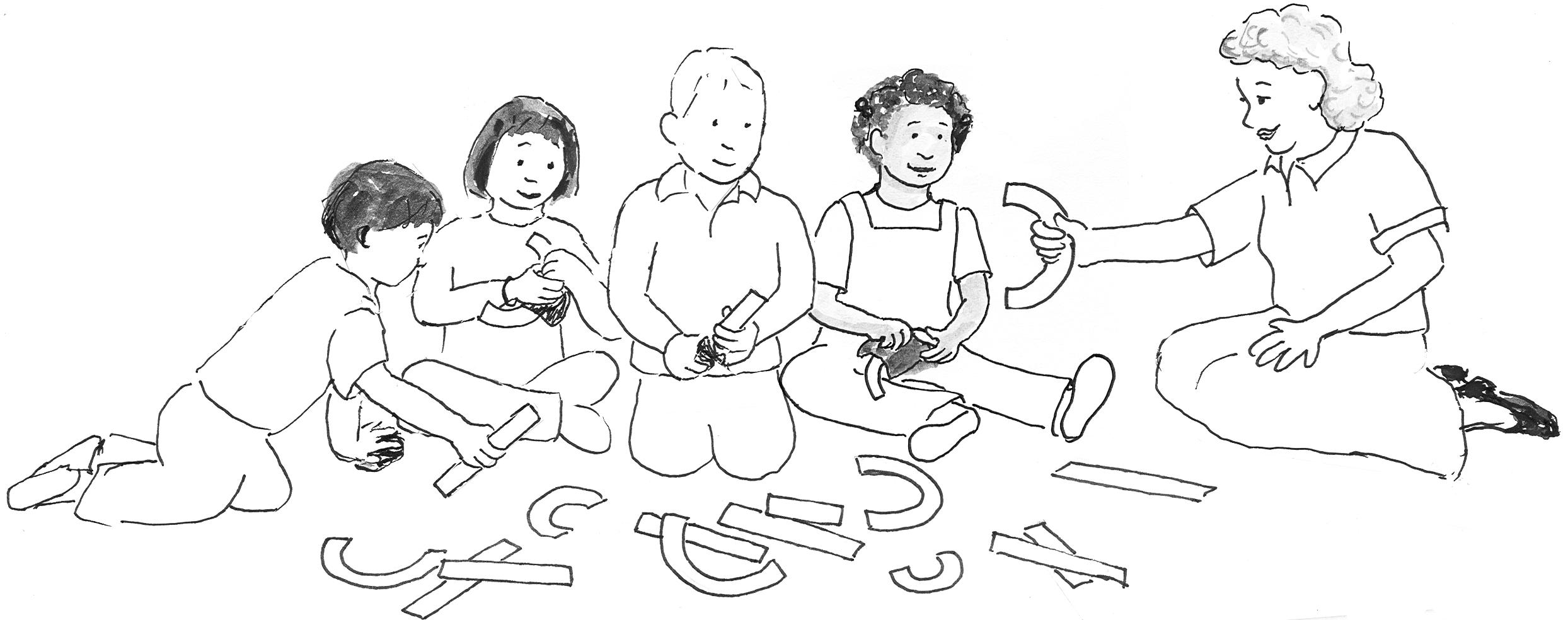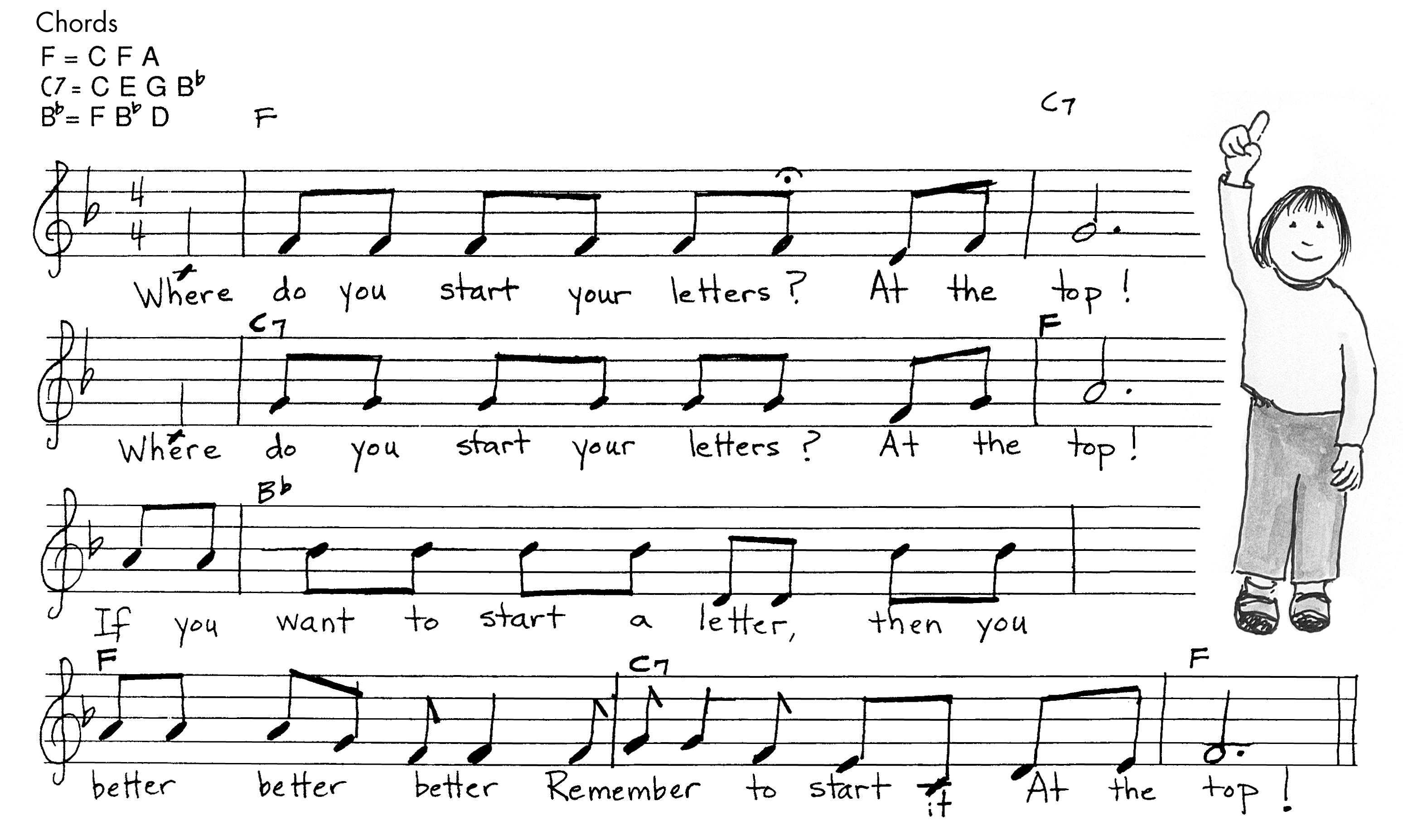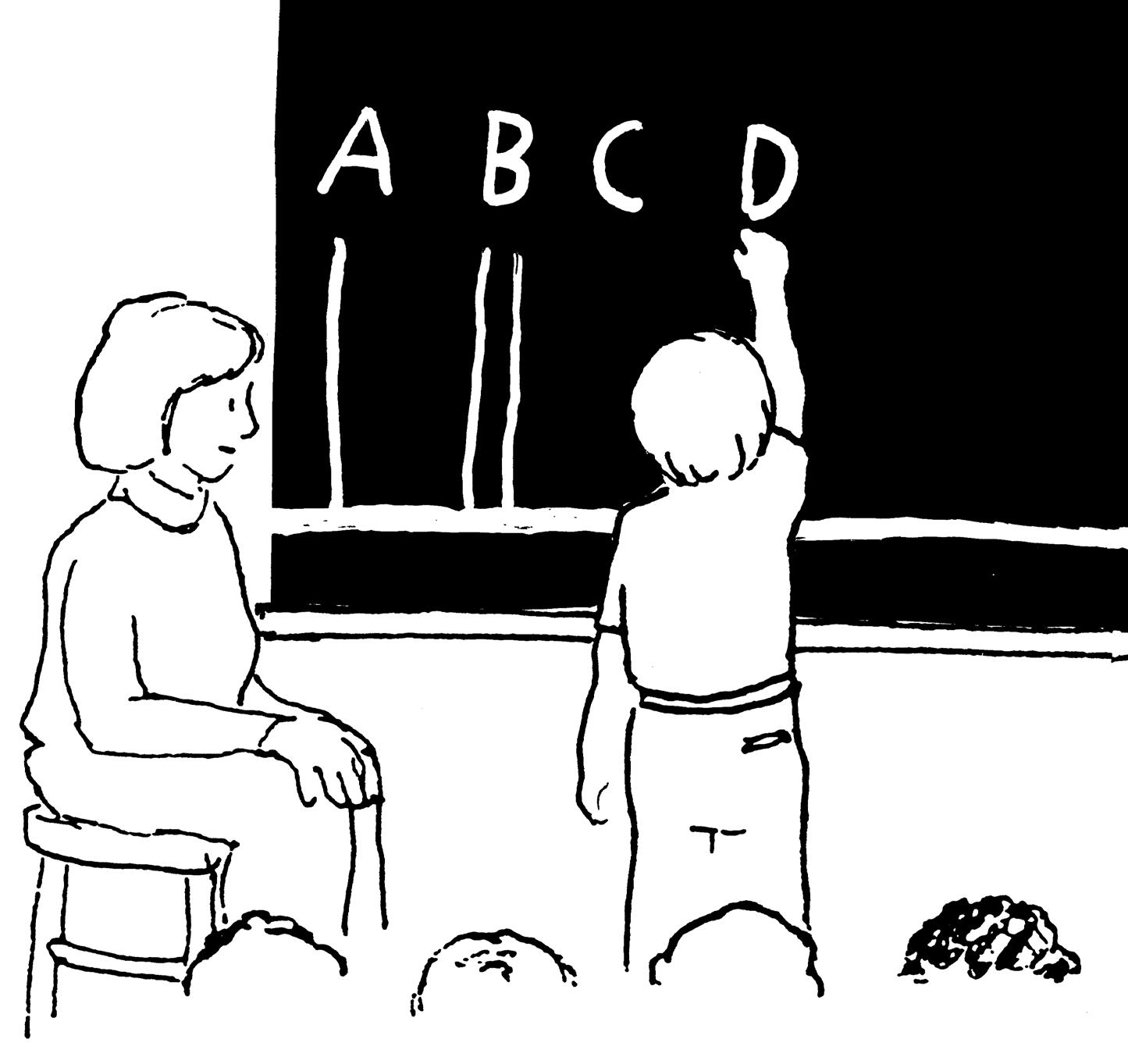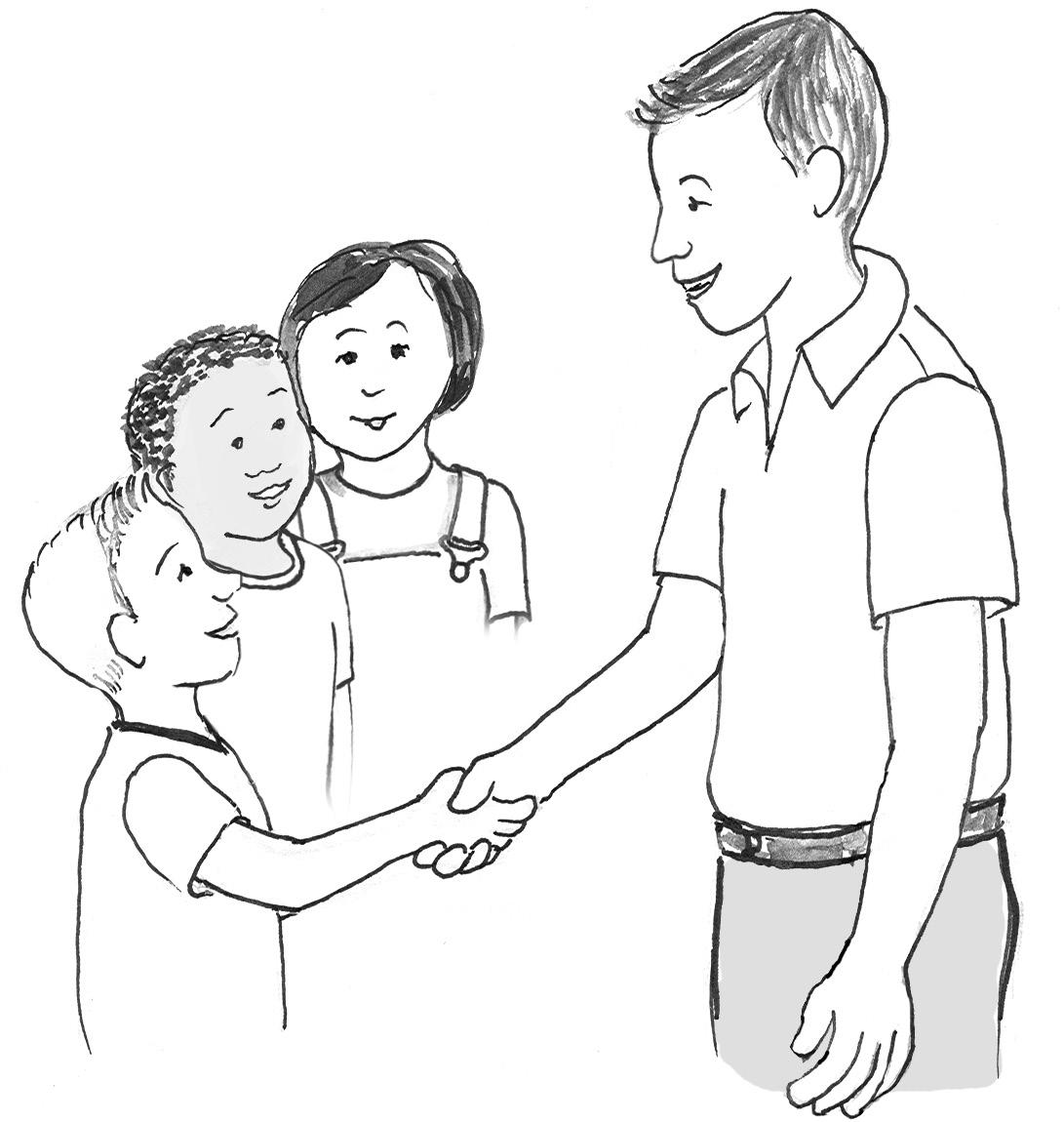Strategies for English Language Learners Cooperative Learning Strategies According to research, cooperative learning is particularly beneficial for any child learning a second language. Cooperative learning activities promote peer interaction, which helps language development and concept and content learning. It is important to assign ELLs to different teams so that they can benefit from English language role models. ELLs learn to express themselves with greater confidence when working in small teams and pick up vocabulary by observing how their peers learn and solve problems. “Having students work together cooperatively is a powerful way for them to learn and has positive effects on the classroom climate” (David Johnson and Roger Johnson, 2001). Skill grouping reduces anxiety among ELLs, thus, making it an effective format for teaching skills that are difficult to comprehend (MacIntyre and Gardner, 1994). Our program and multisensory activities offer many opportunities for children to be move around and work together in diverse groups to reinforce letter formation.
Multisensory Instruction Numerous individuals report the importance of using visual, auditory, and tactile aids to make content more understandable to ELLs (Carey, 2007; Herrell & Jordan, 2008; Samway & Taylor, 2008). Our multisensory instruction and interactive activities include strategies to address the diverse learning styles of all children. We have methods to meet the needs of auditory, visual, tactile, and kinesthetic learners. For auditory learners, we use consistent, child friendly language that helps children learn and remember easily. To meet the needs of visual learners, we provide step-by-step illustrations of letter formation and give clear visual direction. Our clean, uncluttered, and black and white pages also support a visually simple format to support the learning style of visual learners. Our student editions have step-by-step models that are big enough for finger tracing to meet the needs of tactile letters, and we use music and movement to engage kinesthetic learners. Additional strategies include using dough to form letters and playing visual memory games.
Thematic Instruction Research reports that themes help children understand new concepts. Themes provide mental organizing schemes for students to approach new ideas (Caine & Caine, 1997; Kovalik, 1994). Our teaching order helps children learn handwriting skills in the easiest, most efficient way. Specifically, we teach letter formation in groups that have similar strokes. These thematic groups allow children to repeat important vocabulary words that are common to letter groups and promote good writing habits.
Repeated Lesson/Concept/Vocabulary Recent research (Rydland & Aukrust, 2005) states the importance of second language learners’ use of repetition for conversational participation and language learning. Research also indicates that word repetition is a favorable condition in vocabulary learning (Nation, 2001). We use consistent, child friendly terminology for teaching letter formation and specifically repeat the same vocabulary through the lessons and grade levels. We do not make assumptions about what a child knows and our direct instruction only uses words that children are familiar with and uses as few words as possible. As children practice writing letters and words, have them repeat the letter formation steps as they form letters and words. Ensure that
192
Kick Start Kindergarten Teacher’s Guide: Resources
© 2022 Learning Without Tears
